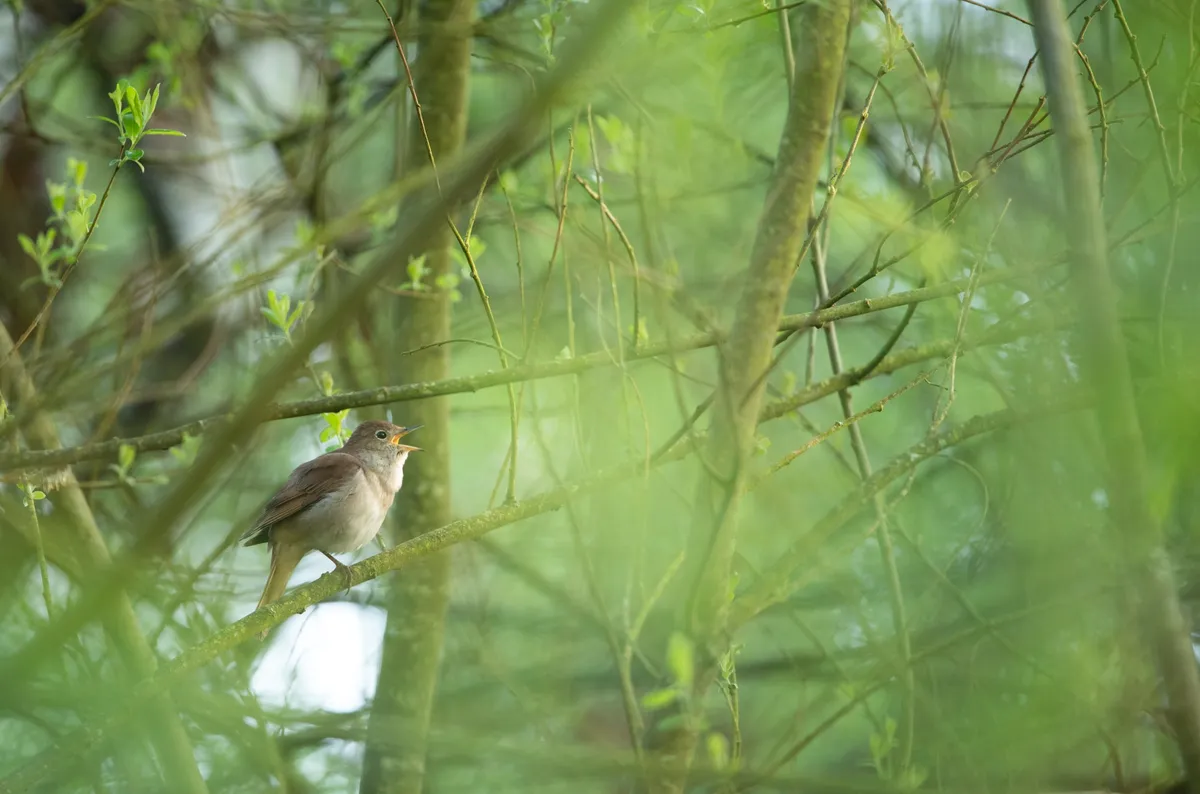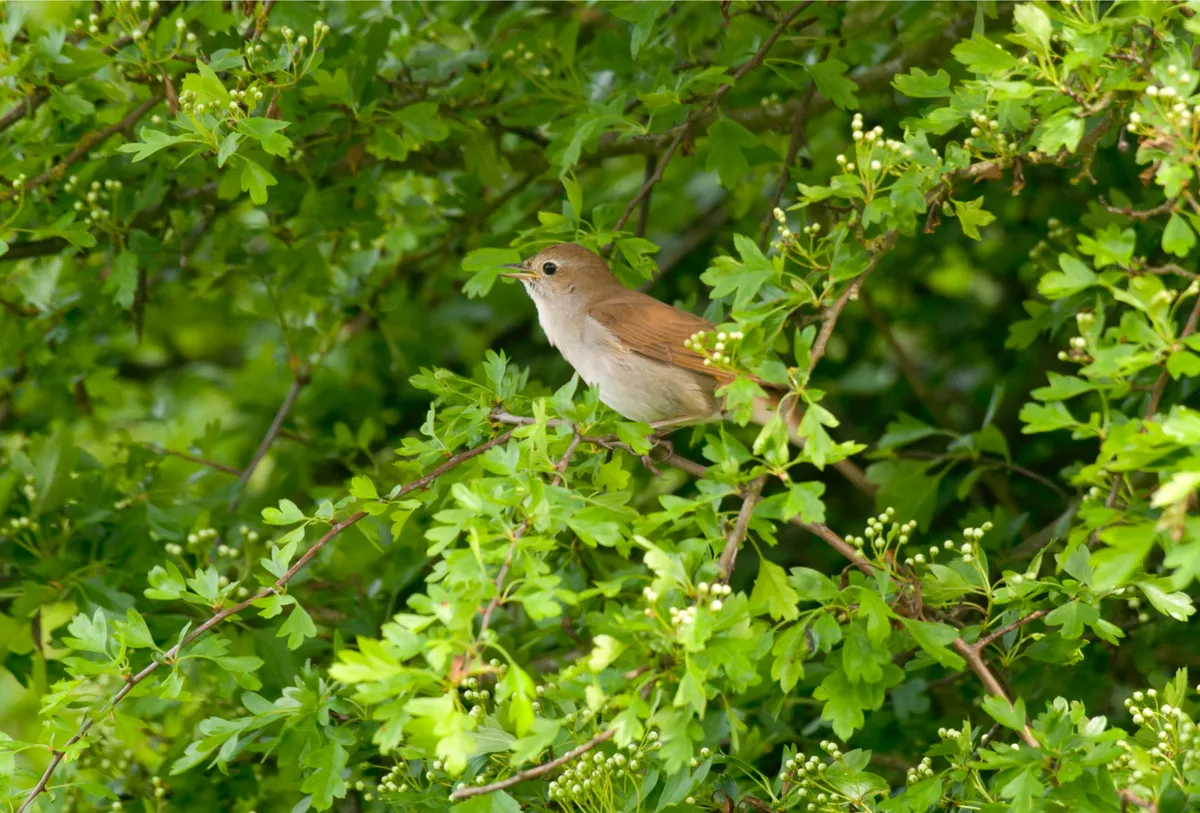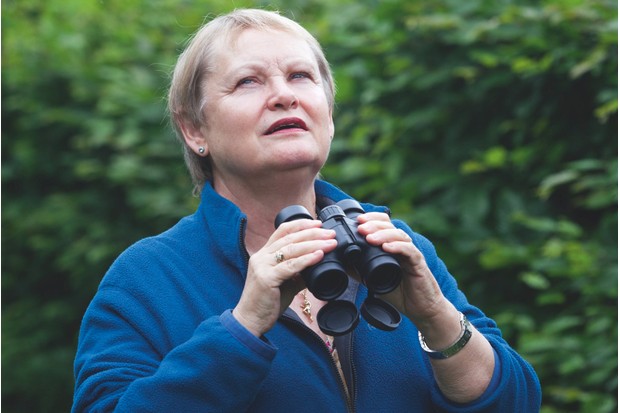The threat to important habitat for the UK’s dwindling population of nightingales has receded somewhat with the decision by Homes England to scale back its plans for the Lodge Hill site in Kent from 2,000 houses to 500.
Aside from reducing the numbers of houses, Homes England also said that it is now only intends building outside the boundary of the protected area.
The long-running effort to save Lodge Hill, Britain's best site for nightingales and a Site of Special Scientific Interest (SSSI) has been going on since 2014, when it was announced that 5,000 houses were to be built.
Three rounds of public campaigning took place in 2014, 2017 and 2018, led by the RSPB and Kent Wildlife Trust in partnership with several other organisations.
Lodge Hill holds up to 85 singing nightingales, out of a national population of only 5,500 in a 2012 British Trust for Ornithology survey.
The UK total for nightingales has declined by around 90% in the last 50 years, and Lodge Hill is thought to be one of the few sites where numbers are holding up.

Its suitability for nightingales is believed to come from its large area of undisturbed habitat, containing plenty of dense scrub along a warm, damp valley offering shelter, nest sites and abundant food.
The reason that Homes England gave for cutting down the number of houses was that it was acknowledging 'environmental sensitivities'.
The RSPB's England Director, Chris Corrigan, says, "Lodge Hill is not yet saved, but the progress is heartening, and we will continue to urge Homes England to do whatever is necessary to ensure the site and its nightingales are secure for the nation.
“Our thanks to all those supporters who have kept up the pressure over many years to clearly demonstrate that places like this are too precious to lose."
It remains possible that housing will end up so close to the SSSI that the associated ‘indirect’ damage will still have a serious effect on the nightingale population, but this will not be known until the new planning application is submitted.

